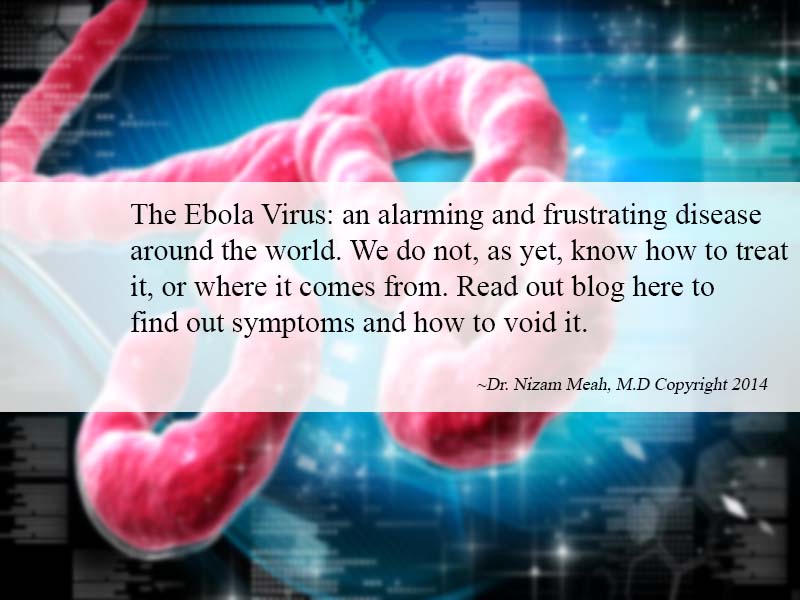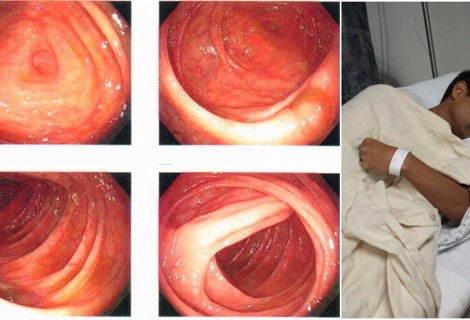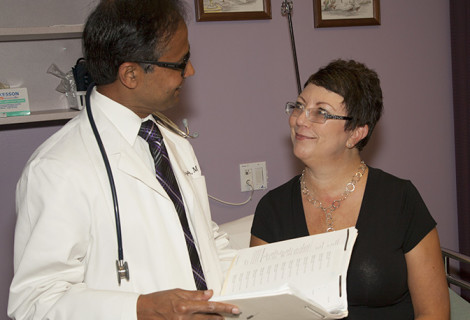Learning More: Ebola
The Ebola virus is an alarming and frustrating disease around the world. We do not, as yet, know how to treat it, or where it comes from. Read our blog here to understand the symptoms and how to avoid it.
What is Ebola?
A viral infection caused by the Ebola virus.
What does the disease look like?
This disease is quite stormy, quick, and mainly manifested with fever and hemorrhage or bleeding in different areas of body. It normally looks like any other systemic infection and can be present with the involvement of any of our human systems, like our central nervous system to our gastrointestinal system. As a result, the symptoms could be from headache, nausea, vomiting, diarrhea, fever, chills, shortness of breath, coughing, fatigue, and in general, bleeding in both internal organs and in the skin.
How do people get infected with the Ebola virus?
To be infected with this virus, one has to have close encounters with an infected person and/or body fluid exchange; it does not spread by air as far as we know. Close contact is a prerequisite for this disease to be transmitted.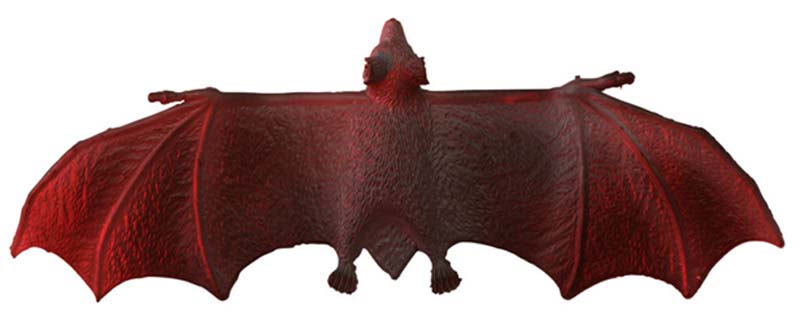
Who is the natural host or reservoir of this disease?
Good question, but like any relatively newly diagnosed disease, more investigations are needed. It is believed that bats could be a potential host, and like humans monkeys, also get the disease.
How is the disease diagnosed?
Generally done by blood test, such as Polymerase Chain Reaction (PCR), a molecular method by which the viral genome is identified. Also, it could be done by Immunoglobulin M (IgM) or Immunoglobulin G (IgG) antibodies. These are proteins are made by our own immune system against the invading organism. It may take time to make these proteins and therefore, in early stages, the latter antibody tests may not be valid.
How is the disease treated?
As alarming and as frustrating as it sounds, there is no treatment for this deadly disease, at least not yet. So the mainstay for treating this disease is what doctors dub as “Supportive Care”, meaning, we try to keep the fever down, give them fluid, and maintain their nutrition and electrolyte status. Other “opportunistic” infections are treated with antibiotics and we count our days for the patient to recover himse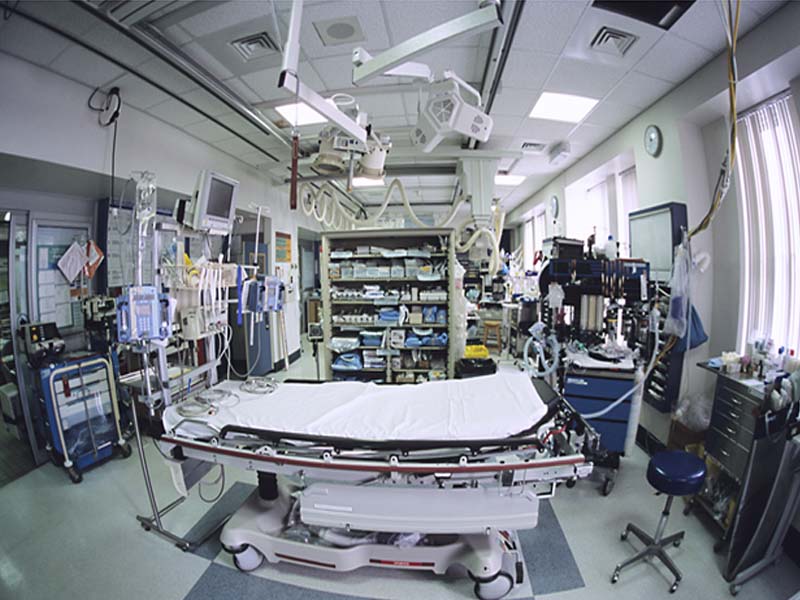 lf/herself. In the absence of any specific treatment, prevention is the buzzword. Such patients are immediately isolated in special rooms so others cannot get the disease and all materials used by them are specially cleaned so it is germ free. Although, generally a deadly disease, some people will recover from this as their immune system fights the bugs off.
lf/herself. In the absence of any specific treatment, prevention is the buzzword. Such patients are immediately isolated in special rooms so others cannot get the disease and all materials used by them are specially cleaned so it is germ free. Although, generally a deadly disease, some people will recover from this as their immune system fights the bugs off.
Is there any vaccine for Ebola?
None at this time. Currently, there are a few experimental drugs being tested on patients showing Ebola symptoms in efforts to find a cure. Helping to reduce a patients fever and outside infections can help the immune system to focus solely on fighting this disease until we are able to find a way.
What is your opinion about bringing Ebola patients into the US?
Bringing an Ebola patient, who is also a US physician, is welcome news in my opinion. The best way to study and research this disease is up close, which will ignite American innovation and lead to a faster solution to this currently deadly disease.
This blog is authored By Dr. Nizam Meah, M.D, no reproduction is allowed without prior permission. ©Copyright 2014 Your GI Center. All Rights Reserved. Do not copy without express permission.
.


